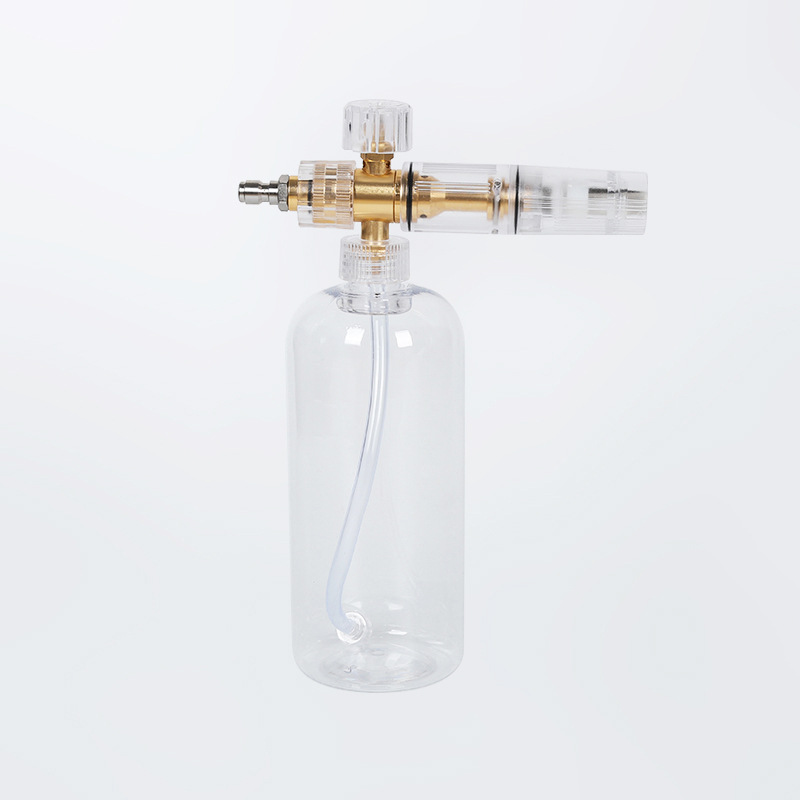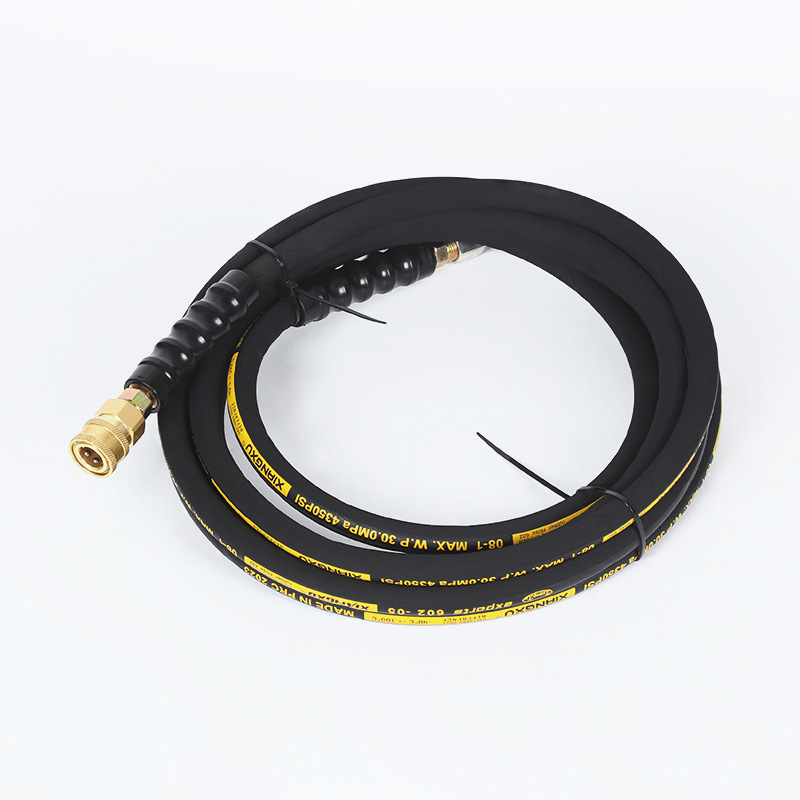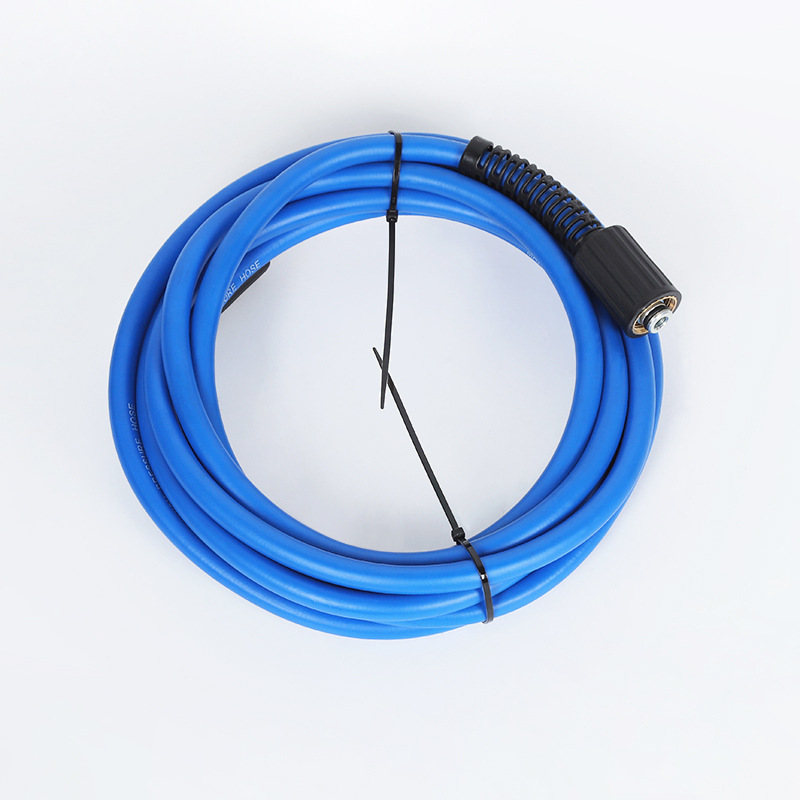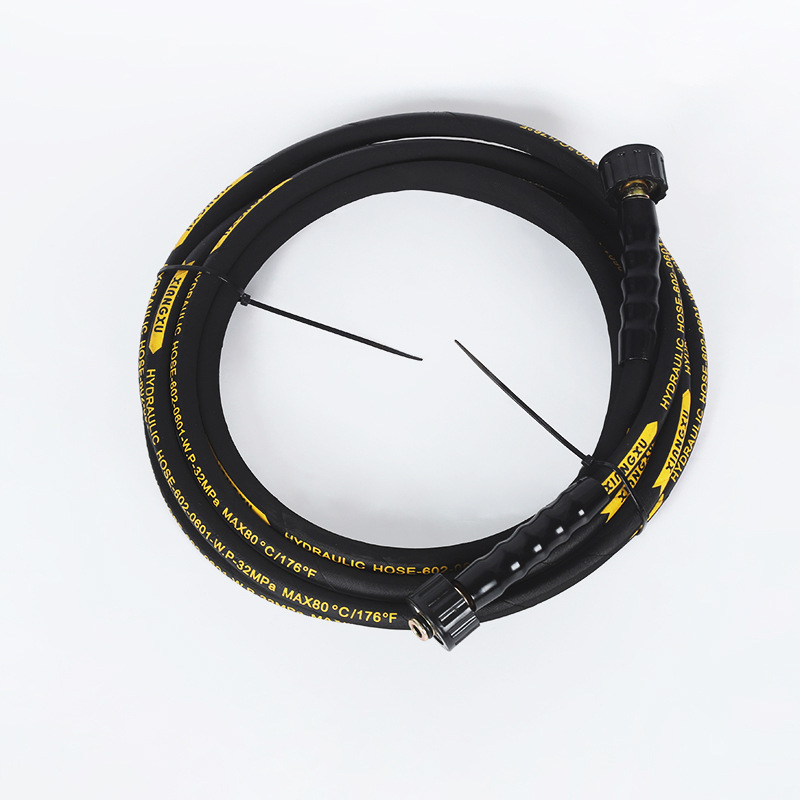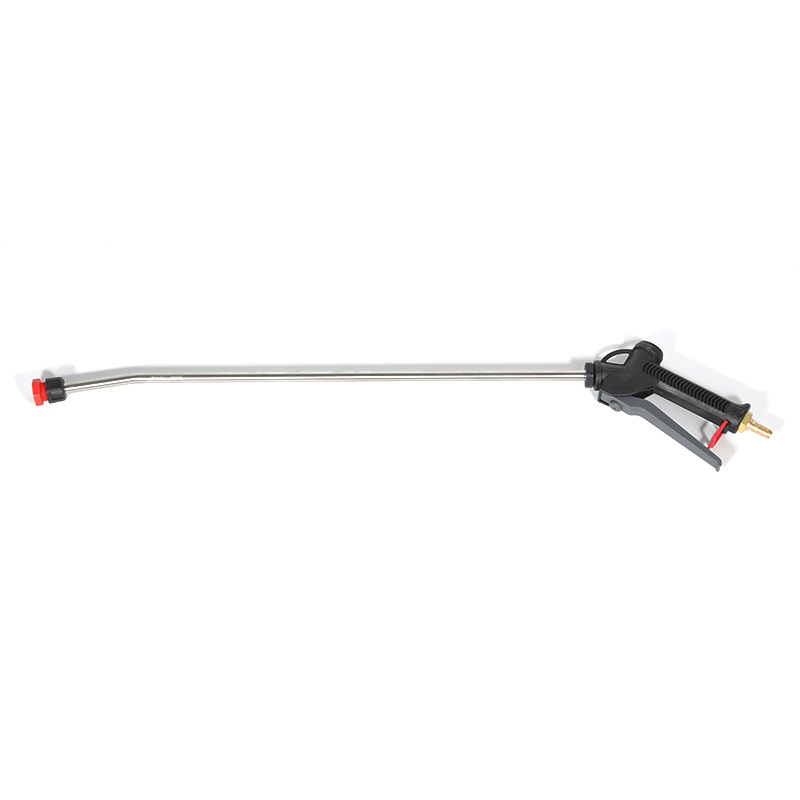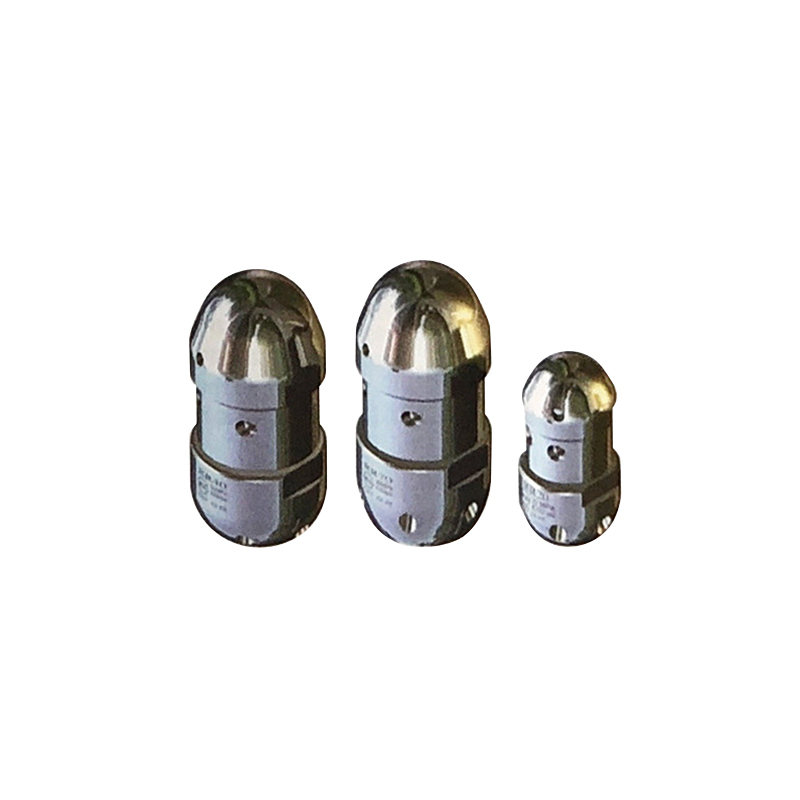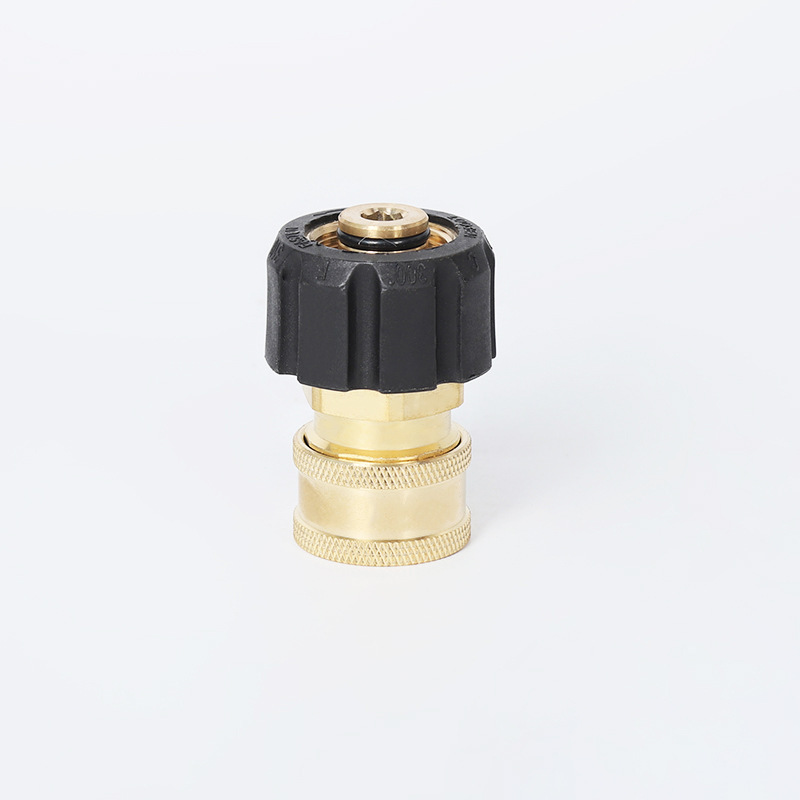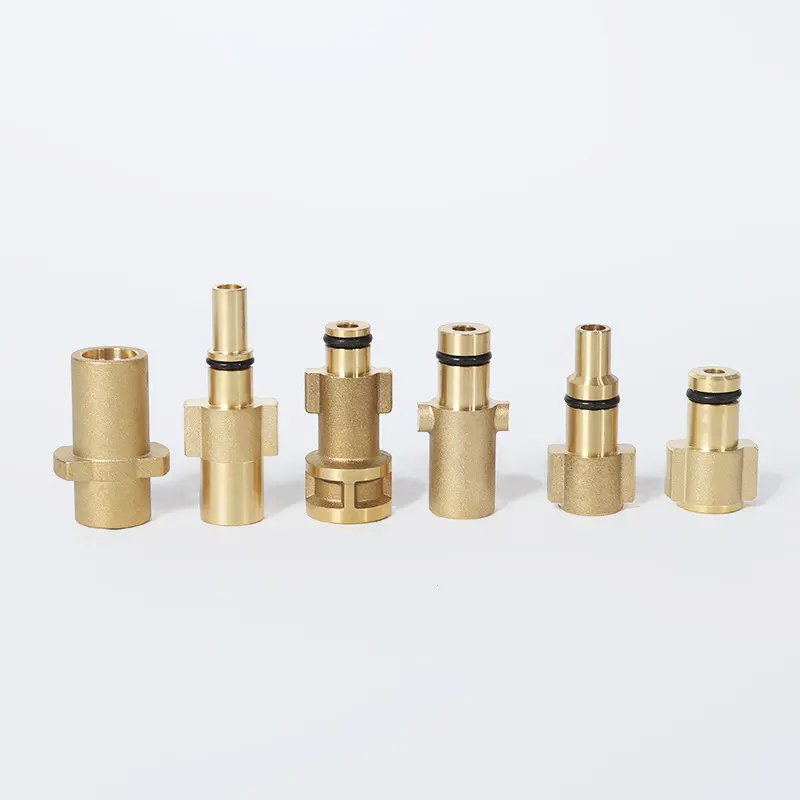Introduction to High-Pressure Cleaners
High-pressure cleaners, also known as pressure washers, have become increasingly popular tools for both residential and industrial cleaning. These machines use high-pressure water jets to remove dirt, grime, mold, and other contaminants from surfaces, making them highly effective for a wide range of cleaning tasks. In comparison to traditional cleaning methods, high-pressure cleaners offer various advantages in terms of efficiency, time savings, and cleaning power. However, it is important to assess the efficiency of high-pressure cleaners in specific cleaning contexts and compare them with more conventional methods like scrubbing, mopping, or using chemical-based cleaners. This article explores how high-pressure cleaners perform compared to traditional cleaning methods, focusing on their effectiveness, time efficiency, cost implications, and environmental impact.
How High-Pressure Cleaners Work
High-pressure cleaners operate by forcing water through a nozzle at high pressure, which amplifies the cleaning power of the water stream. The force created by the pressure can dislodge even stubborn dirt and debris from surfaces. Depending on the model, high-pressure cleaners can also have adjustable settings that allow users to control the water pressure, making them suitable for various cleaning tasks. The pressure can range from a light spray for sensitive surfaces to high pressure for heavy-duty cleaning tasks like removing graffiti or cleaning industrial equipment. Most high-pressure cleaners are powered by electricity, gasoline, or diesel engines, with each power source offering different levels of performance and portability.
Traditional Cleaning Methods
Traditional cleaning methods typically involve manual labor, using tools such as mops, brooms, brushes, and rags, along with cleaning products like detergents, soaps, and disinfectants. These methods rely on human effort to scrub, wipe, or mop surfaces, often requiring multiple rounds of cleaning to achieve satisfactory results. While these methods are well-established and effective for certain tasks, they may not always be as efficient for larger or more heavily soiled areas. For example, cleaning large outdoor surfaces, floors, or equipment may take significant time and physical effort using traditional methods.
Efficiency in Cleaning Large Surfaces
When it comes to cleaning large surfaces, high-pressure cleaners are significantly more efficient compared to traditional methods. For example, cleaning a driveway, patio, or deck using a mop or scrub brush may take hours of effort, particularly if the surface is heavily stained or has accumulated years of dirt and grime. A high-pressure cleaner, on the other hand, can cover large areas in a fraction of the time. The powerful water jets allow the cleaner to quickly lift and wash away dirt and debris without requiring much physical effort from the user. In many cases, high-pressure cleaners can reduce cleaning time by up to 75%, making them a far more efficient option for extensive cleaning jobs.
Time Efficiency Comparison
Time efficiency is one of the most significant advantages of using a high-pressure cleaner over traditional cleaning methods. While a traditional mop or scrub brush requires repetitive motions and multiple applications of cleaning solution to remove dirt, a high-pressure cleaner can remove contaminants in a single pass. The high-pressure water stream penetrates deep into the dirt, effectively loosening and washing it away. This can reduce the overall time spent on cleaning tasks, especially for larger areas. For instance, cleaning an average-sized driveway with a traditional mop might take several hours, but with a pressure washer, the same task can often be completed in under 30 minutes.
Cleaning Power and Effectiveness
High-pressure cleaners excel in situations where traditional cleaning methods may struggle. For example, removing oil stains from a concrete surface or cleaning the exterior of a building often requires more than just surface cleaning. The force of the water stream in a high-pressure cleaner is capable of dislodging even deeply embedded dirt and debris. It also has the ability to remove tough stains like rust, mold, algae, and even paint from surfaces like walls, patios, and vehicles. On the other hand, traditional cleaning methods such as scrubbing with brushes or using mops often lack the necessary power to achieve similar results. For surfaces with heavy dirt accumulation or tough stains, a high-pressure cleaner will typically perform much better than traditional methods.
Cost Considerations
The initial cost of a high-pressure cleaner is often higher than that of purchasing traditional cleaning tools like brushes, mops, and brooms. High-pressure cleaners can range in price, with more advanced models costing hundreds or even thousands of dollars. However, over time, high-pressure cleaners can offer cost savings in terms of labor and cleaning supplies. For example, cleaning with a high-pressure cleaner reduces the need for chemicals and detergents, as the pressure alone is sufficient to remove many contaminants. In addition, the reduced time required to clean large areas means that the labor cost (whether in terms of personal time or professional cleaning services) is significantly lower.
Energy Consumption and Environmental Impact
One important factor to consider when comparing high-pressure cleaners to traditional cleaning methods is their environmental impact. While high-pressure cleaners use water at a high rate, they generally do not require the use of chemical cleaning products, which can be harmful to the environment. In many cases, water alone, under pressure, is sufficient to clean most surfaces, reducing the need for potentially toxic chemicals. However, high-pressure cleaners do consume electricity or fuel, depending on the power source, which can have an environmental impact. The amount of water used by high-pressure cleaners can also be a concern, particularly if large areas are cleaned frequently. Water conservation is an important consideration, and it is essential to balance cleaning efficiency with environmental sustainability.
Comparison Table: High-Pressure Cleaners vs. Traditional Methods
| Factor |
High-Pressure Cleaner |
Traditional Cleaning Methods |
| Cleaning Power |
High-pressure water stream can remove deep stains and tough dirt |
Requires scrubbing, detergents, and multiple passes for effective cleaning |
| Time Efficiency |
Significantly reduces cleaning time, especially for large areas |
Time-consuming, especially for larger or heavily soiled areas |
| Cost |
Higher initial cost, but lower long-term costs (fewer cleaning chemicals and faster completion time) |
Lower initial cost, but higher long-term costs due to chemicals and labor |
| Energy Consumption |
Varies depending on the power source (electricity, gasoline, or diesel) |
Generally lower energy use, but requires more manual effort |
| Environmental Impact |
Can use water efficiently, reducing the need for chemicals, but water use can be high |
Often uses chemicals that can be harmful to the environment, but generally uses less water |
Applications of High-Pressure Cleaners
High-pressure cleaners are versatile tools suitable for a variety of applications, from cleaning vehicles to industrial equipment and outdoor surfaces. Some common applications include:
- Cleaning Driveways and Patios: High-pressure cleaners are ideal for removing dirt, algae, mold, and stains from outdoor surfaces like driveways, sidewalks, and patios. The force of the water stream is effective at breaking up even stubborn dirt that would be difficult to remove with traditional methods.
- Vehicle Washing: Washing cars, trucks, or even boats can be done quickly and efficiently with a high-pressure cleaner. The pressure effectively removes dirt, grease, and road grime, making it easier to clean larger vehicles.
- Cleaning Industrial Equipment: In industrial settings, high-pressure cleaners are used to clean machinery, equipment, and factory floors. The high pressure can easily remove grease, oil, and other contaminants from these surfaces.
- Building Exterior Cleaning: High-pressure cleaners can also be used to clean the exterior walls of buildings, removing dirt, mildew, and mold without the need for scaffolding or ladders.
Limitations of High-Pressure Cleaners
While high-pressure cleaners are highly effective in many cleaning scenarios, they do have some limitations. They may not be suitable for cleaning delicate surfaces such as wooden decks or thinly painted areas, as the high pressure can cause damage. In addition, pressure washers may not be effective for tasks that require specific chemicals or solutions, such as certain sanitizing or disinfecting applications. In these cases, traditional cleaning methods that involve detergents or chemical solutions may still be required.





